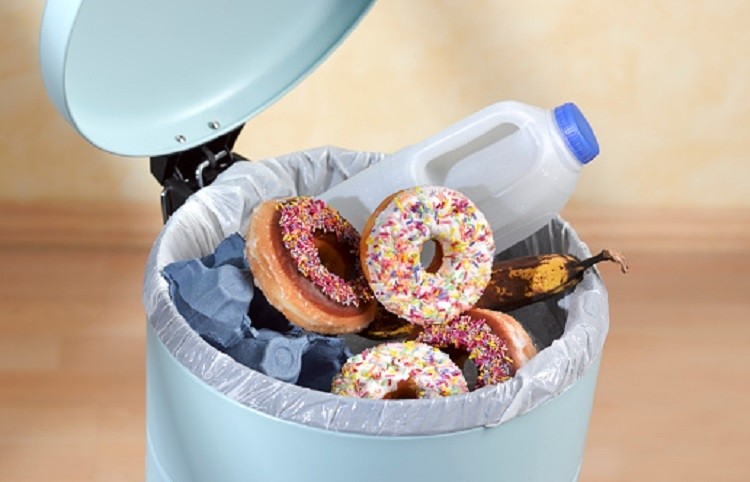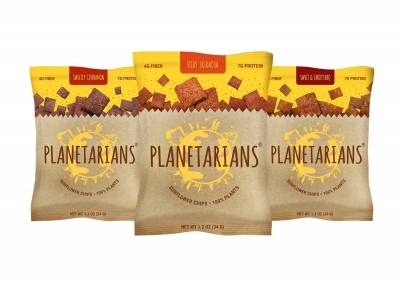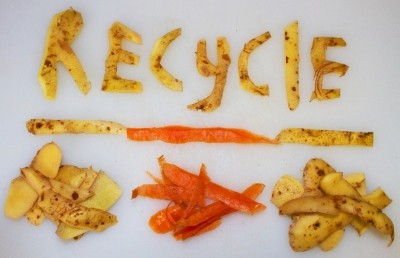From primary production to household: EU quantifies food waste across the bloc

A draft act detailing a common methodology for Member States to measure food waste is now open for consultation.
The approach covers every stage of the food supply chain: from primary production; to processing, manufacturing and distribution; to restaurants and food services; and the household.
Until now, there has been no harmonised method to measure food waste in the EU, according to the European Commission. “[This] makes is more difficult for public authorities to assess its scale, origins and trends over time.”
“The methodology will allow for a robust quantification of food waste, giving results that can be compared over time and between Member States.”
Indeed, it is expected that each Member State measure the amount of food waste generated in a full calendar year, annually.
Combatting food waste
Approximately 88 million tonnes of food are wasted annually in the EU, with associated costs totalling €143bn.
The UN has pledged to halve per capita food waste, both at the retail and consumer level, and reduce food losses across production and supply chains, which the EU and Member States actively support.
This methodology falls under the EU’s action plan for the circular economy, in support of the UN Sustainable Development Goal (SDG) 12.3 on food waste.
“All actors in the food chain have a role to play in preventing and reducing food waste, from those who produce and process foods – farmers, food manufacturers and processors – to those who make foods available for consumption – hospitality sector – and ultimately consumers themselves,” according to the European Commission.
Feedback open
The European Commission opened a feedback period for the draft act earlier this month, which is due to close 4 April 2019, in preparation for its adoption in the second quarter of 2019.
Earlier today (22 March 2019), a Danish non-government organisation (NGO) responded to the draft act, suggesting that additional methods could help households distinguish between organic and non-organic waste.
According to the Danish Waste Association, waste compositional analysis is just one way food waste from households can be analysed.
“It would be helpful if the methodology could stress the difference between food waste and organic waste,” wrote the NGO in its feedback statement.
Descriptions of the methods
- Direct measurement: Use of a measuring device to determine the weight of samples of food waste or fractions of total waste, directly or determined on the basis of volume. It includes measurement of separately collected food waste.
- Scanning/Counting: Assessment of the number of items that make up food waste, and use of the result to determine the weight.
- Waste composition analysis: Physical separation of food waste from other fractions in order to determine the weight of the fractions sorted out.
- Diaries: An individual or group of individuals keeps a record or log of food waste information on a regular basis.
- Mass balance: Calculation of the amount of food waste on the basis of the mass of inputs and outputs of food into and out of the measured system, and processing and consumption of food within the system.
- Coefficients: Use of previously established food waste coefficients or percentages representative for a food industry sub-sector or for an individual business operator. Such coefficients or percentages shall be established through sampling, data provided by food business operators or by other methods.
“In a scheme for collecting organic waste from households there will be both food waste and waste from preparing food – potato peel, egg shells etc.). The last category should not be calculated as a part of food waste, and it might be hard to differ between these two categories.”
Industry input
FoodNavigator reached out to FoodDrinkEurope (FDE), a membership organisation that represents the interests of food and beverage manufacturers in Europe, to gauge industry response.
"FoodDrinkEurope is committed to contributing to the implementation of the Sustainable Development Goals, and in particular target 12.3 aimed to halve food waste by 2030,” we were told.
“In this context, we are a member of the EU Platform on Food Losses and Food Waste and we actively support the development of a common EU food waste measurement methodology.”
Through this involvement, FDE said it will “strive to make sure the methodology will be as coherent as possible” to ensure clarity for the food and drink sector. The organisation will investigate if the methodology can be “potentially aligned with existing global standards”, we were told. FDE cited the Food Loss and Waste (FLW) Protocol as an example, which quantifies food and associated inedible parts removed from the food supply chain.






















